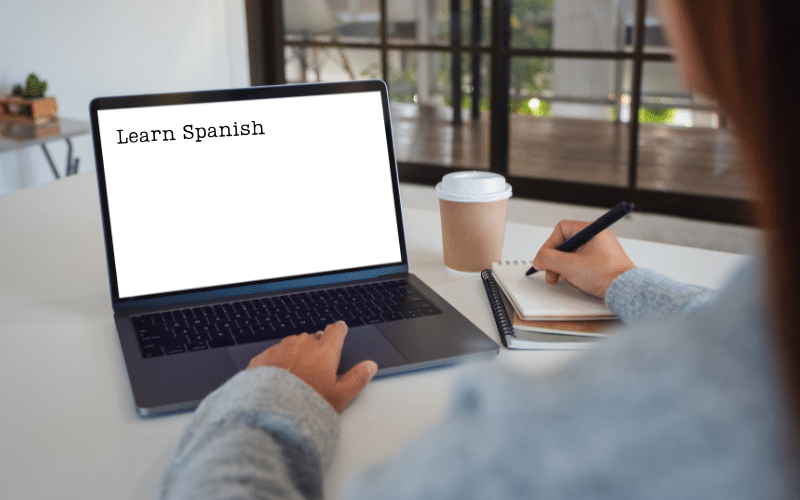
With almost 500 million native speakers, Spanish is the second most spoken language in the world, only after Mandarin Chinese. There are countless reasons to learn a language that so many people speak worldwide, especially if you live in or plan to visit a Spanish-speaking country. This is a beginners lesson for you to learn Spanish and communicate in a simple, effective way with Spanish-speaking people. We will be focusing on European Spanish, but despite the differences in the way we speak country by country, you can definitely use these words and expressions outside Spain too.
In the following lines, you will find basic words and expressions in Spanish that will help you acquire a general knowledge of this wonderful language, as well as a series of pronunciation guides you can use for practise. If you want to learn Spanish online and free, join us in this new section and let us know on social media what you would like to learn next! Without further ado, let’s get the lesson started.

Grab a pen and let’s start learning Spanish! | Envato
Usually, the first thing we learn when we jump into a new language is how to greet people. It makes sense, since every social interaction, regardless of the country or the language, involves some kind of greeting. Hence, that would be the first step we need to follow when we start to learn Spanish. The most essential Spanish greetings are “hola” (“hello”) and “adiós” (“goodbye”). They can be used in every situation or social context, both formal and informal, so you can always use them and rest assured you are doing it right.
However, these basic greetings have some variations that might surprise you if you have never heard them. For instance, it is common for someone to say “hasta luego” instead of “adiós”, but it means basically the same: bye, see you later… You can use it interchangeably. On a similar note, many people say “hola, ¿qué tal?”, which literally translates to “hi, how are you?”. It does not necessarily mean the person asking the question wants you to deliver a speech about your current state of affairs, it is simply a formality. Usually, we respond with “bien, ¿y tú?” (“I’m fine, and you?”) or “bien, gracias” (I’m fine, thanks”).
There are other Spanish greetings that are similar to their English equivalents, but not quite the same. “Buenos días” plainly means “good morning”, and there is not much to say about that. However, there is no difference between “good afternoon” and “good evening in Spanish”. It might have something to do with the fact that people have dinner later in Spain, but one can say “buenas tardes” from like 1pm to 9pm in Spain, or even later. Then we say “buenas noches”, which means “good night”.

Let’s be realistic here. When we travel to a foreign country, it is very likely we are going to get lost at some point. And when that happens, asking for directions might be the only way to get back on track. We do usually rely on our smartphones for those kinds of situations, but they can run out of battery, and why waste the opportunity to practice our skills in Spanish?
These are the most essential questions to ask for directions in Spanish. We will use “el museo de arte” (“the art museum”) as our intended place of arrival, but you can replace it by anything you wish.
Now to the fun part: understanding the answer, which is kind of the point of asking in the first place. To start with, it is important to know that “lejos” means “far” and “cerca” means “close”. Apart from that, you should be able to follow the directions and also give them if you understand these expressions:

In Spain, not every restaurant can attend people in English, and it would be a pity to miss out on Spanish gastronomy just because we don’t know the language. This is why we will tell you how to communicate in any Spanish restaurant so you can enjoy the true experience of eating in Spain.
First of all, we will need to order food and drinks. When it comes to the food, this is how you can order a dish of macaroni, or “macarrones” in Spanish:
Regarding our drinks, it varies depending on the type of beverage. Here you have some examples.
You have already eaten and you wish to head out. This is how you can ask for the bill in Spanish:
These are some other useful expressions in Spanish you will probably need to learn if you find yourself in a Spanish-speaking country.